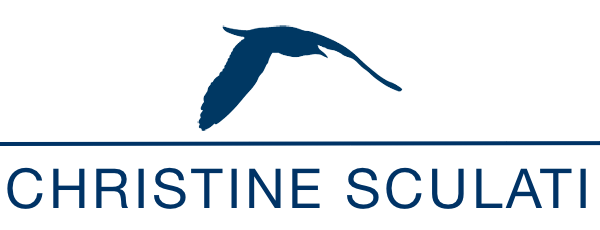Bay Area open space advocates announce new technology to save biodiversity, focus support

A growing number of nonprofits are using computer mapping technology to visualize and solve complex social and environmental problems and support planning, fundraising and communications. As dry as the word data sounds, streams of accessible and transparent data about our communities have great potential to spur innovative solutions for public good.
On Monday, I learned about a new interactive online mapping tool that taps unfathomable amounts of ecological data concerning the Bay Area’s undeveloped open spaces, some protected and some not, to help a coalition of open space advocates save Bay Area biodiversity. The big announcement came from the Bay Area Open Space Council on behalf of the new Conservation Lands Network. The level of collaboration and data crunching behind the effort is staggering when you take a look at the network’s product called, “Explorer.”
To check out the new tool, I thought about a hike I took last Sunday in northern Marin County.
My hike climbed the rolling slopes and oak-filled ravines of the Mount Burdell Open Space Preserve near the town of Novato. At the flanks of the 1627-acre preserve, purchased in 1977 by the Marin Open Space District and local residents, large suburban homes crept upslope, stopping at the border. Trails named Cobblestone Fire Road and Old Quarry Trail hinted of a storied past when stones were mined for San Francisco streets in 1888.
Trails named Cobblestone Fire Road and Old Quarry Trail hinted of a storied past when stones were mined for San Francisco streets in 1888.
From the new Explorer mapping tool, I learned that the swath of land in and around the Mount Burdell Preserve constitutes one area prioritized as “essential” to Bay Area conservation goals.
The preserve is protected but some of the adjacent undeveloped lands are not. Honing in on the area with a drawing tool, I made a shape around the area of my hike, and with one click the system created an automated “Biodiversity Portfolio Report.” Although fairly scientific, I gathered that my hike took me through a number of vegetation types considered “conservation targets” including serpentine grasslands and hardwoods, valley oak woodlands, semi-desert scrub and a couple of rare wildflowers that grow in the preserve’s serpentine soils: Marin western flax and fragrant fritillary.

To learn more about the Conservation Lands Network, read Big Plans for Wild Lands in Bay Nature magazine by former San Francisco Chronicle environment reporter Glen Martin and visit the Bay Area Open Space Council’s blog.
Mapping resources for social and environmental causes:
- MapTogether – This site offers the free Illustrated Guide to Nonprofit GIS & Online Mapping and links to several examples of nonprofits using maps as visual tools for building public awareness, communications and decision-making.
- NonProfitMapping.org – Although this site has been inactive for the last year, the content is still highly relevant for nonprofits, philanthropists and journalists.
- GreenInfo Network – Nonprofit that helps public interest groups, agencies and foundations develop maps and other visual communication tools.
- Justice Mapping Center – Group that specializes in the use of Geographic Information Systems to better understand, evaluate, and communicate criminal justice and other social policy information.
- Stewardship Council’s Youth Investment Program – This web page links to several resources and GIS maps on issues of concern to the outdoor and environmental education field.
- Healthy City – Create maps of social and environmental demographics, data and services in California.

